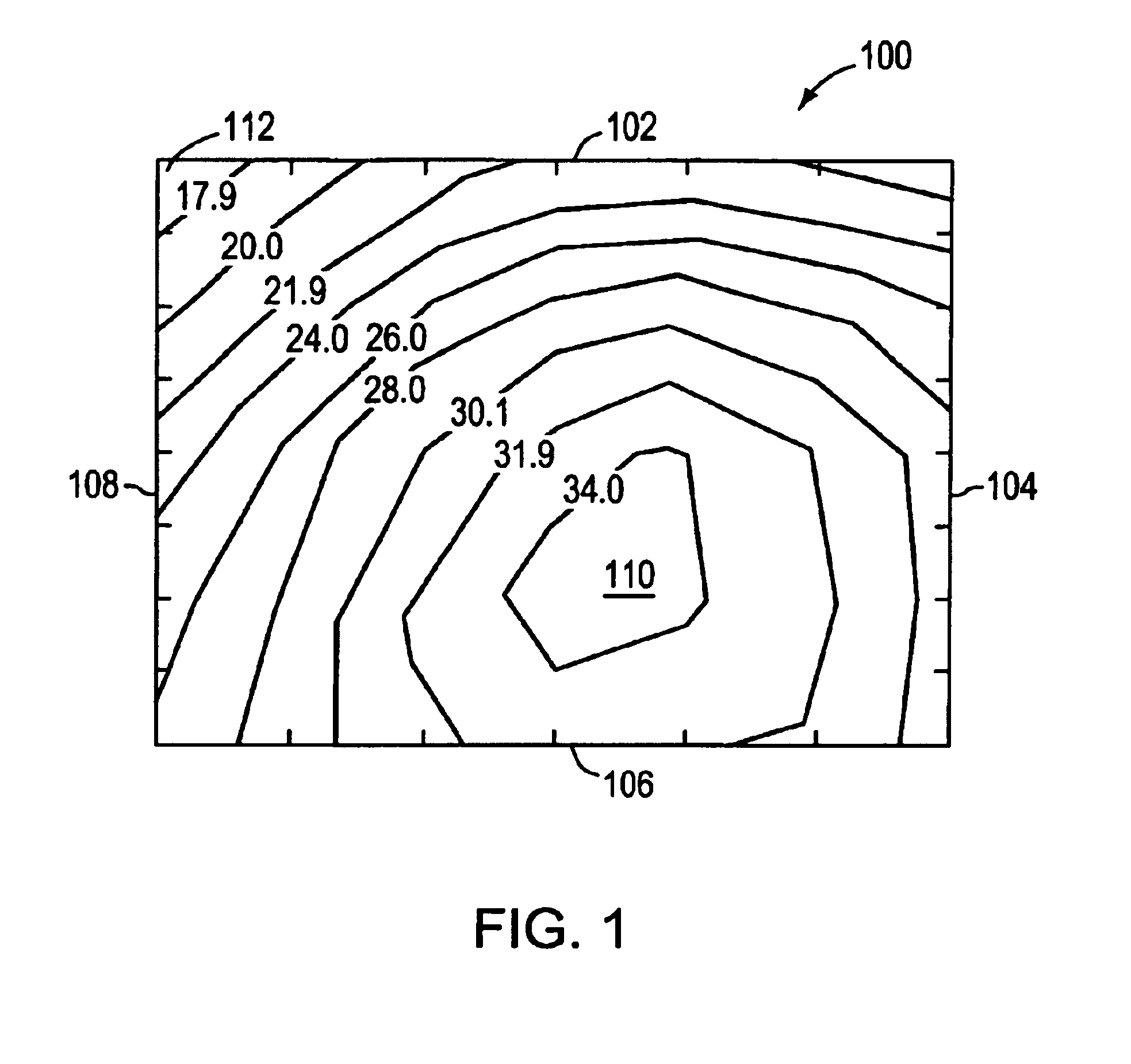System and method for increasing projector amplitude resolution and correcting luminance non-uniformity
a projector and amplitude resolution technology, applied in the field of electronic imaging systems, can solve the problems of unnatural artifacts appearing in projected images, detracting substantially from the quality of projected images, and non-uniform luminance, so as to achieve the effect of improving performan
- Summary
- Abstract
- Description
- Claims
- Application Information
AI Technical Summary
Benefits of technology
Problems solved by technology
Method used
Image
Examples
Embodiment Construction
[0026]EMBODIMENT FIG. 4 is a highly schematic, partial block diagram of a digital projector 400 in accordance with the present invention. Projector 400 has an interface 402 for receiving input video data from a source, such as a personal computer (PC), a DVD player, etc. In accordance with the present invention, the projector 400 is configured to include a luminance correcting and amplitude resolution increasing (LCARI) engine 404 that receives the picture element (pixel) data from interface 402. As described herein, engine 404 modifies the received pixel data to correct for luminance non-uniformities and to increase the apparent resolution of the projector 400. Projector 400 further includes a video controller 406 that receives the “corrected” pixel data from engine 404, and performs some additional processing on that data, such as synchronization, linearization, etc. The pixel data is then sent to a light engine 408 for projecting an image to be displayed based on the pixel data r...
PUM
 Login to View More
Login to View More Abstract
Description
Claims
Application Information
 Login to View More
Login to View More - R&D
- Intellectual Property
- Life Sciences
- Materials
- Tech Scout
- Unparalleled Data Quality
- Higher Quality Content
- 60% Fewer Hallucinations
Browse by: Latest US Patents, China's latest patents, Technical Efficacy Thesaurus, Application Domain, Technology Topic, Popular Technical Reports.
© 2025 PatSnap. All rights reserved.Legal|Privacy policy|Modern Slavery Act Transparency Statement|Sitemap|About US| Contact US: help@patsnap.com



